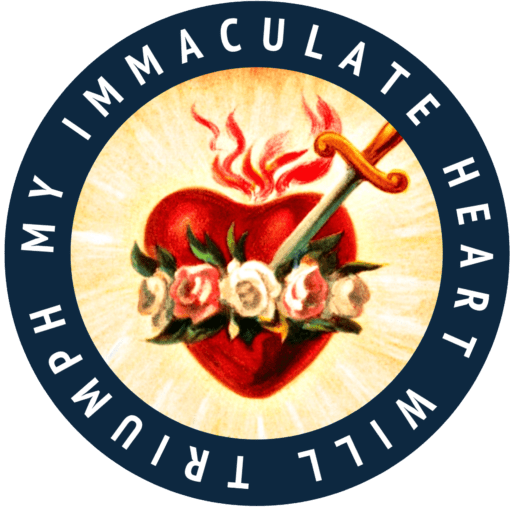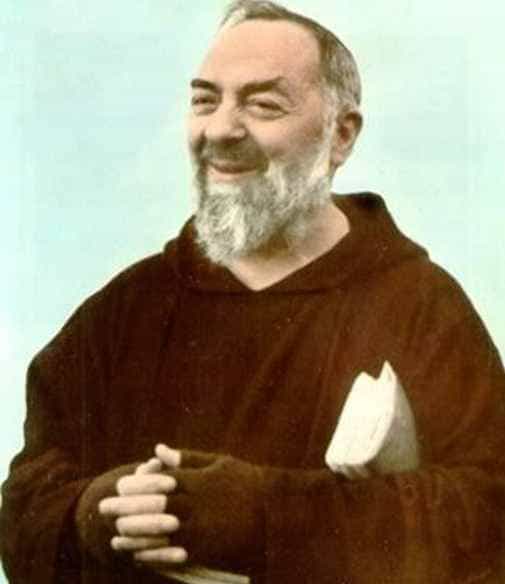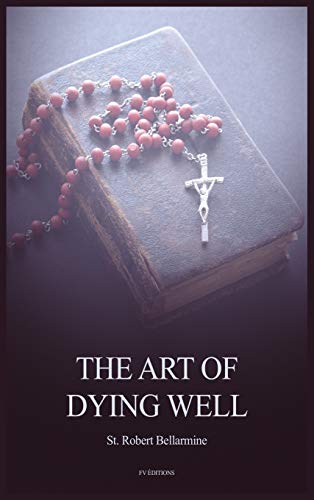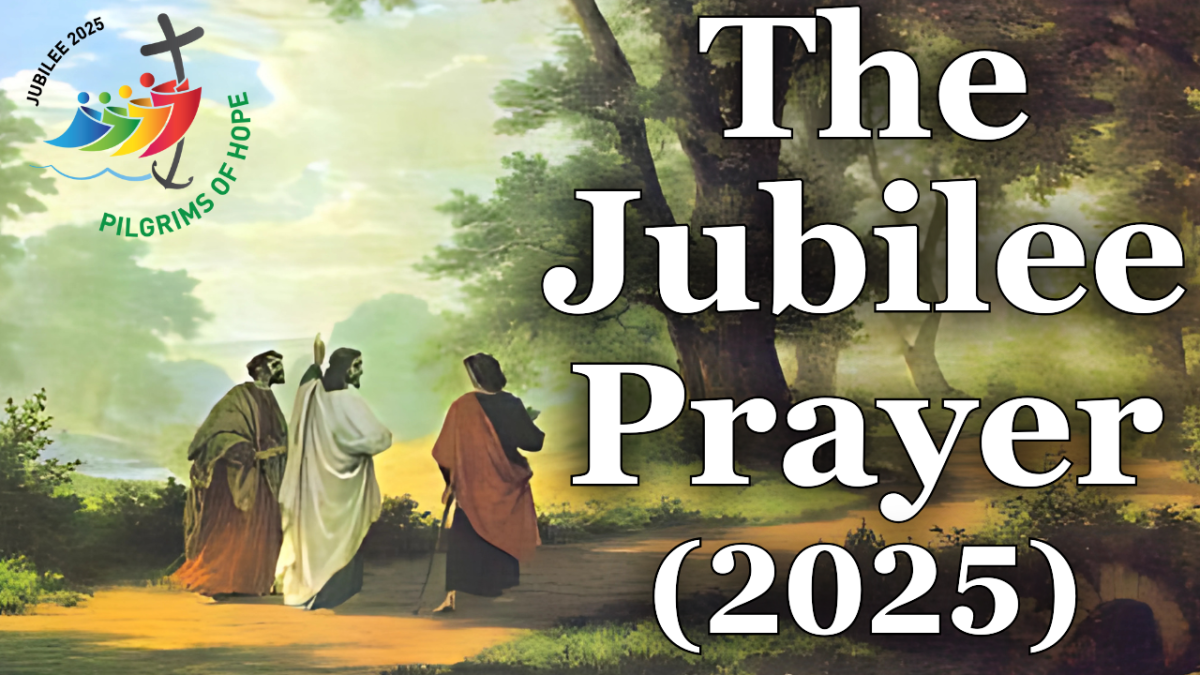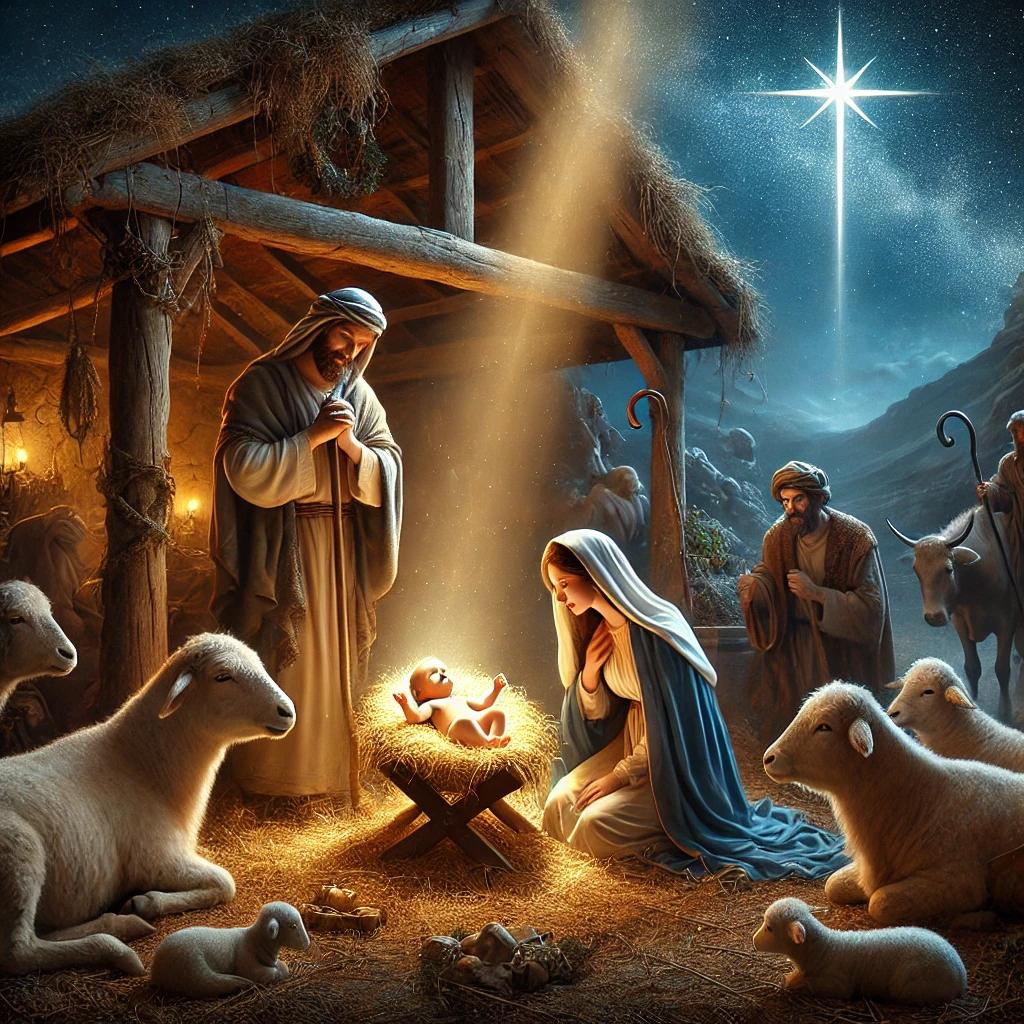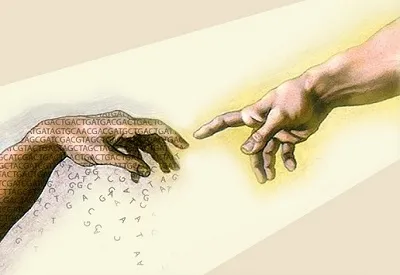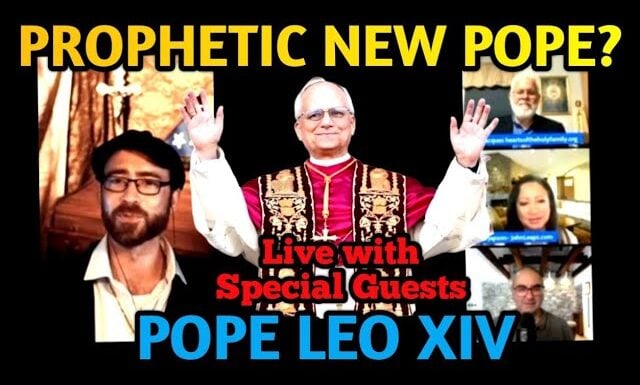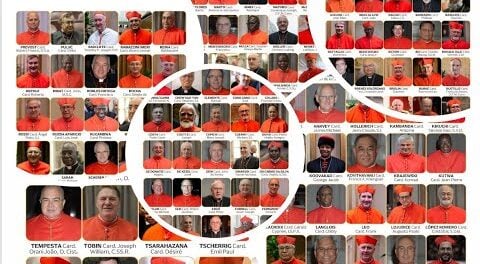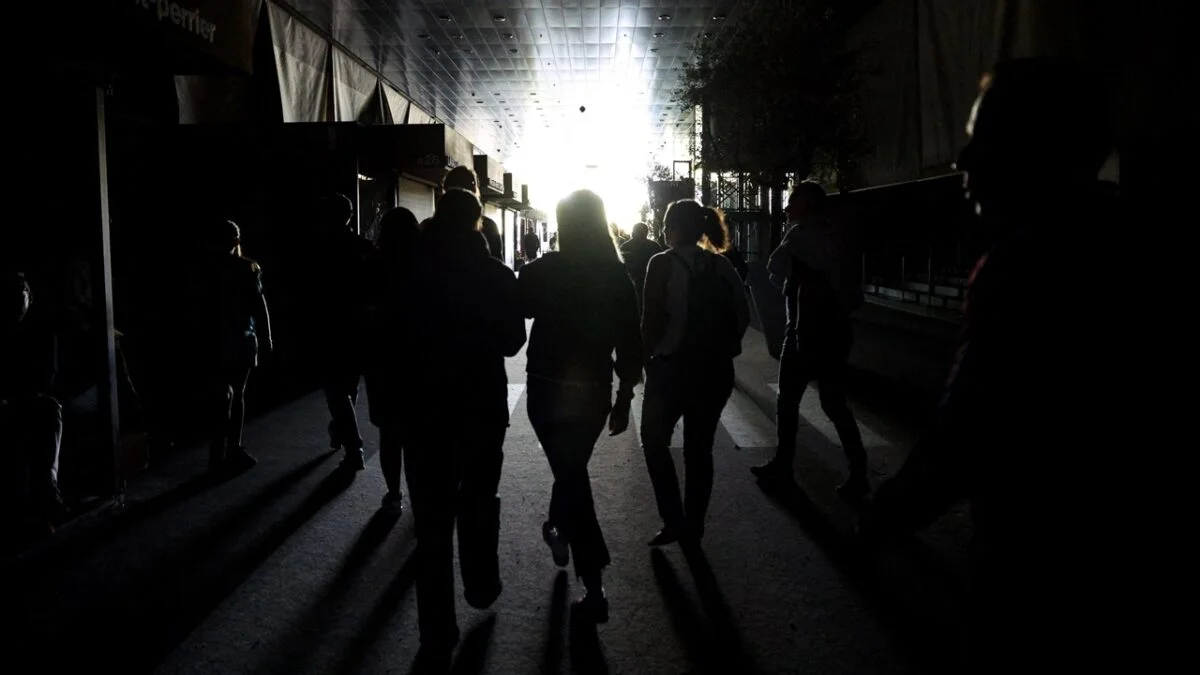
Tag: catholic vlog
-
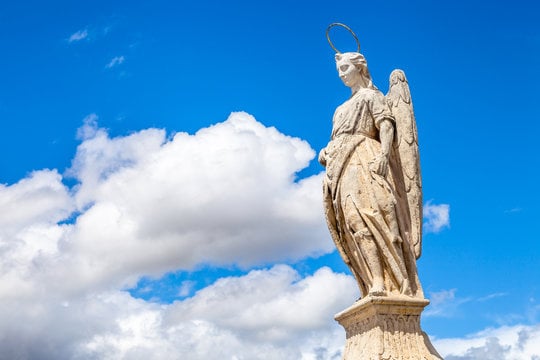
The Apparition of St. Raphael in Córdoba, Spain (16th Century)
Read More: The Apparition of St. Raphael in Córdoba, Spain (16th Century)The Apparition of St. Raphael in Córdoba, Spain (16th Century) ✨ A Heavenly Messenger in Troubled Times In the heart of Córdoba, Spain, during the 16th century, a miraculous event took place that reaffirmed the city’s deep Catholic faith. St. Raphael the Archangel, known as the angel of healing and divine guidance, appeared to a…
-
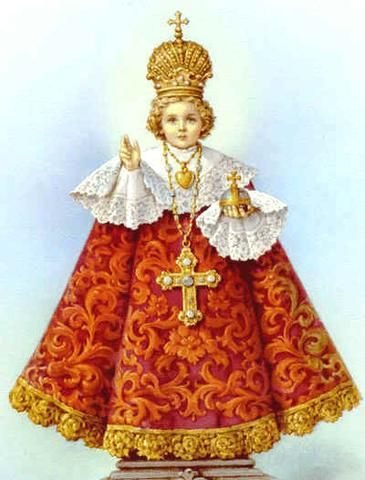
Pray This 9-Hour Novena for an Urgent Need!
Read More: Pray This 9-Hour Novena for an Urgent Need!Many Catholics are familiar with the concept of a novena, which involves praying for nine consecutive days for a particular intention. While this is often very effective, some are in need of a more urgent response from God, and turn to a 9-hour novena prayed in a single day. The novena can also be prayed for nine consecutive…
-
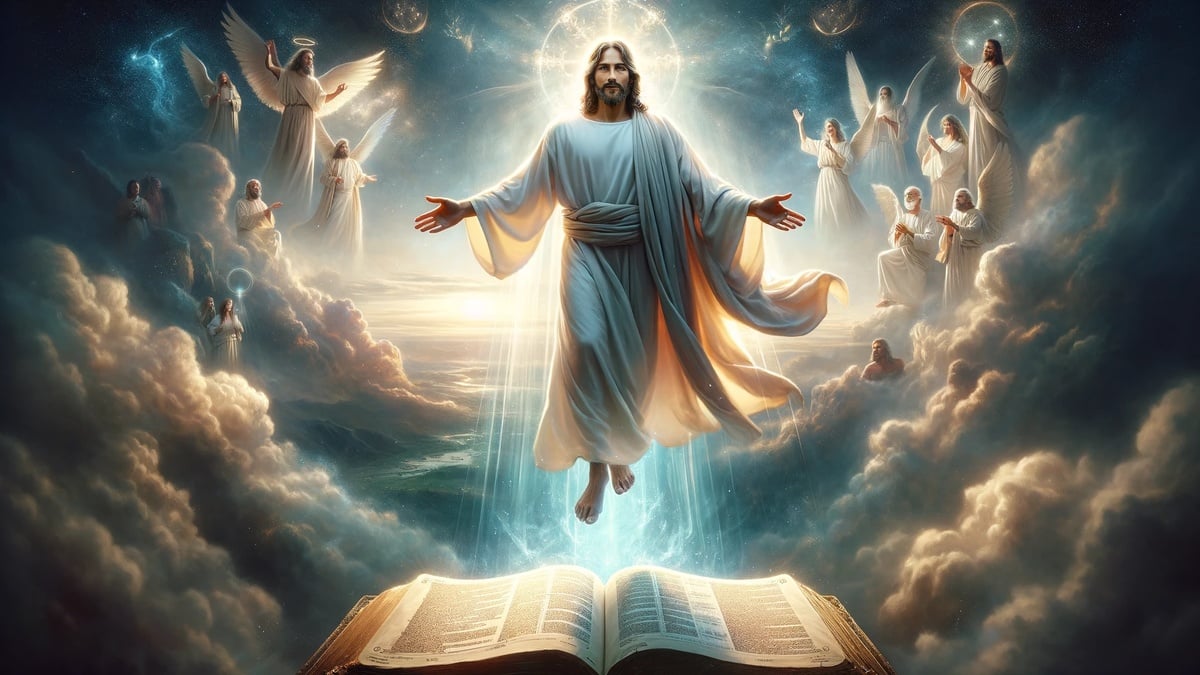
Advent and the End Times: What Advent Teaches Us About the Second Coming!
Read More: Advent and the End Times: What Advent Teaches Us About the Second Coming!Advent is more than a countdown to Christmas; it’s a call to spiritual renewal, a season of hope, and a time to prepare not just for the celebration of Christ’s birth, but for His glorious return at the end of time. In the hustle of the holiday season, Advent whispers a reminder: Stay awake. Be…
-
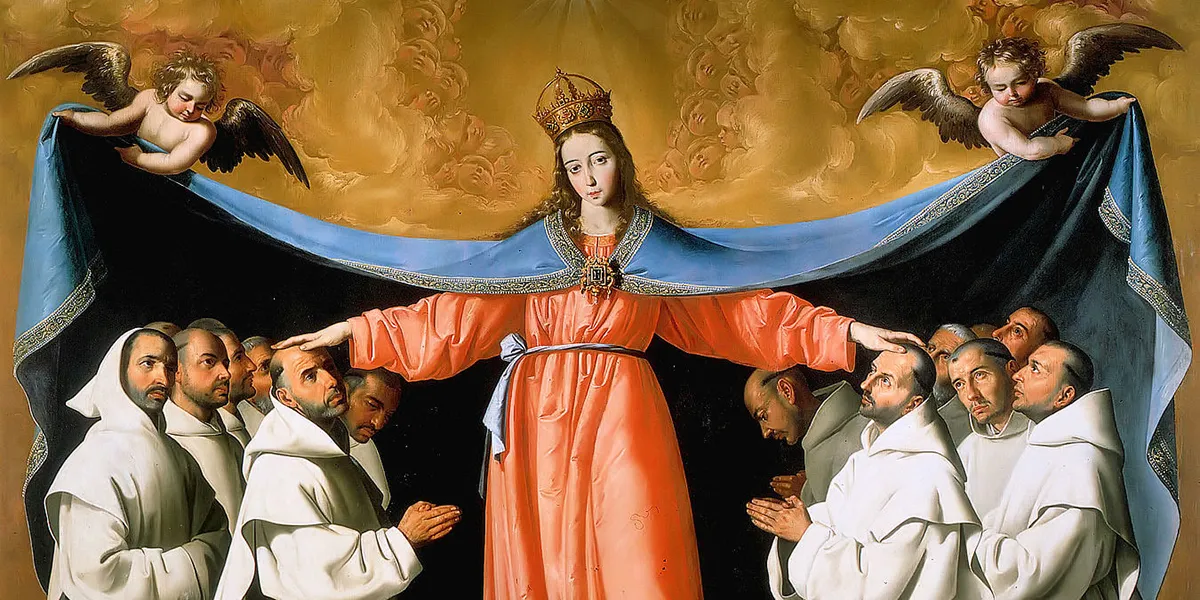
Chaplet, Novena, Prayer to Our Lady of Mercy
Read More: Chaplet, Novena, Prayer to Our Lady of MercyChaplet to Our Lady of Mercy (consists of three decades) In the beginning: Hail, holy Queen, Mother of Mercy; our life, our sweetness and our hope! To you do we cry, poor banished children of Eve. To you do we send our sighs, mourning and weeping in this valley of tears. Turn, then, most gracious…
-
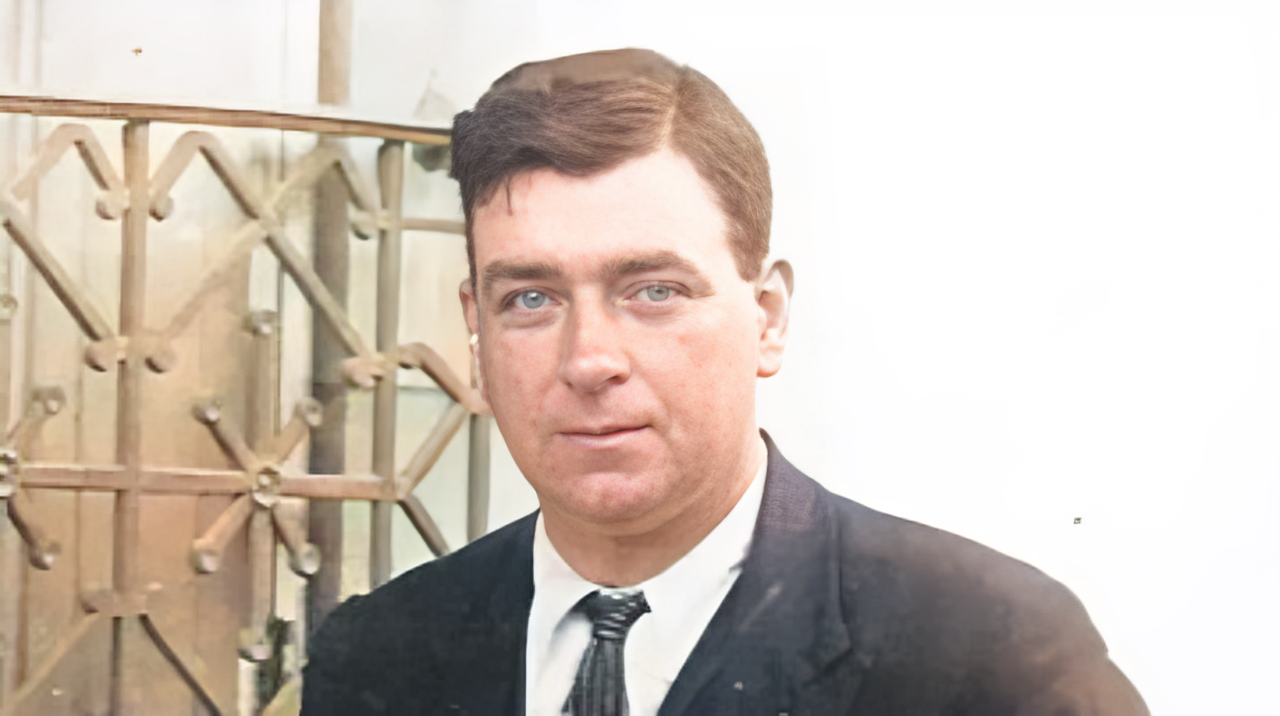
I met a miracle : the story of John Traynor, miraculously cured at Lourdes
Read More: I met a miracle : the story of John Traynor, miraculously cured at LourdesThe Astonishing Miracle of John Traynor: From Broken Veteran to Lourdes Pilgrim On September 10, 1937, Reverend Patrick O’Connor, a missionary of St. Columban, found himself face-to-face with a miracle in the bustling railway station of a French town. That miracle had a name—John Traynor. Towering at five feet ten, with a strong ruddy face…
Search
Popular Posts
-
🙏 A New Chapter Begins: Supporting Pope Leo XIV with Prayer and Hope | W/ Daniel O’Connor
“Give the new pope a break and support him with your prayers.”–…
-
Possible Candidates for The Next Pope!
Some Candidates for the New Papacy Today we will share with you…
Categories
Archives
Tags
#Miracles (102) 2023 (4) 2024 (4) approved miracles (2) catholic (141) catholic blog (375) catholic meditations (7) catholic miracles (371) catholic motivation (2) catholic news (371) catholic prayers (4) CatholicSeers (359) catholic vlog (375) catholic websites (6) Eucharistic miracle (2) fr jim blount (3) GisellaCardia (11) hamas (3) imitation of christ (2) Israel (4) israel live (5) Israel news (9) jesus (3) jesus christ (4) Latest messages (11) lent 2023 (10) lent 2024 (4) lent homily (2) lent retreat (4) lent retreat 2023 (3) Lourdes (2) messages from god (6) MessagesFromHeaven (364) miracles of catholic church (2) mother and refuge (2) ourlady (325) OurLadyApparitions (22) our lady of lourdes (2) Pope (2) POPE francis (3) pope francis news (2) prayers (3) real miracles (356) sacred heart of jesus (2) The Miracles of Lourdes (2)
